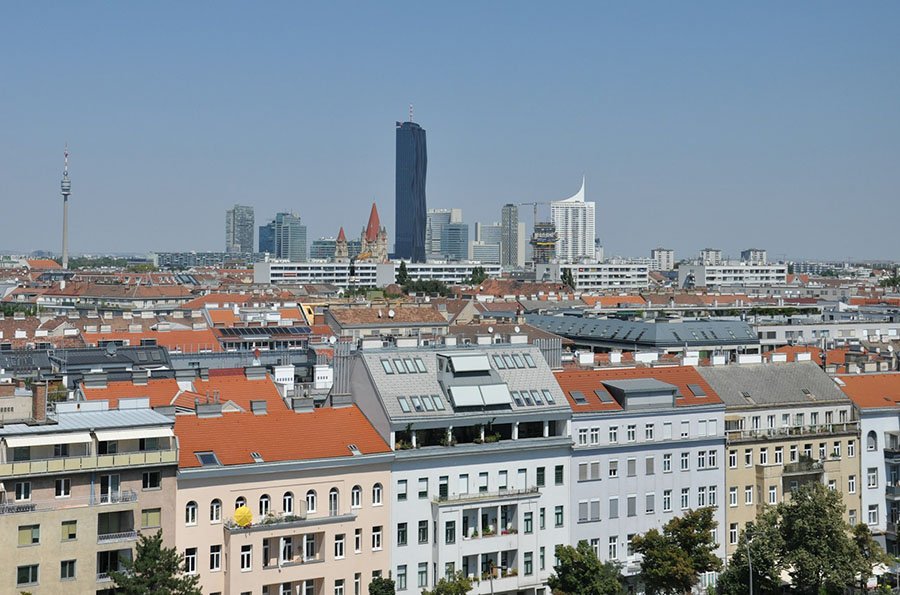U.S. Real Estate Market: The Worst Spring in 13 Years

Photo: Unsplash
In spring 2025, the U.S. housing market posted its weakest results in more than a decade. From April to June, fewer contracts were signed than in any other spring season since 2012, when the industry was still recovering from the financial crisis, Bloomberg reported, citing Redfin data. The market remains weighed down by high mortgage rates, record-low affordability, and economic uncertainty fueled by President Donald Trump’s tariff policy.
Spring is traditionally considered the “peak season” for home sales, but even April’s drop in mortgage rates, slower price growth, and easing inventory shortages failed to revive activity. The tariff announcement made by the president in April triggered turbulence in financial markets and dented buyer confidence.
Redfin’s Head of Economic Research Chen Zhao noted that conditions were worse than in the previous two years:
“We thought we had hit bottom, but we keep finding new depths. People are scared of what’s next.”
She added that a sharp price drop is unlikely, as more sellers are pulling listings from the market, restricting supply.
Atlanta agent Glenda Baker admits that even price cuts do not always lead to deals:
“Price doesn’t solve uncertainty.”
Capital Economics’ Thomas Ryan believes that only a small share of spring deals will shift to summer, while rental demand will keep rising:
“The housing market outlook is bleak. Affordability is the worst since the 1980s. Nothing has changed on that front.”
Regional Trends
Regional differences remain a key factor.
In the Northeast and Midwest, where inventory shortages are most acute, prices are forecast to keep rising.
In the Sun Belt (southern and southwestern states), years of strong building activity have led to excess supply and falling demand.
In Las Vegas, active listings jumped 38% year-on-year in the four weeks to July 20, while sales fell 15%. Real Broker agent Angela O’Hare said competition from developers offering mortgage subsidies and closing-cost incentives is forcing sellers to offer steep discounts. One of her listings dropped from $950,000 to $799,000 and received three offers.
Even traditionally hot markets are losing steam. In Narragansett, Rhode Island, homes that a year ago attracted 10+ offers now receive no more than three—and only if priced correctly, according to Mott & Chace Sotheby’s agent Jonny Scheel.
Price Growth Slows
In May, the slowdown persisted: U.S. home price growth eased to 2.3% year-on-year, the smallest since July 2023, after April’s 2.7%, according to the S&P CoreLogic Case-Shiller index. Nicholas Godek of S&P Dow Jones Indices said May continued the year’s gradual deceleration in price momentum. Weak spring activity and a June drop in existing-home sales to a nine-month low confirm that the market remains under pressure.
Price trends vary widely:
Leaders in annual growth: New York (+7.4%), Chicago (+6.1%), Detroit (+4.9%)
Declines: Tampa (–2.4%), Dallas, San Francisco, Denver (minor drops)
Bright MLS Chief Economist Lisa Sturtevant emphasized that even local price declines do not change the big picture:
“The housing market is stuck, and both potential buyers and sellers are increasingly concerned about the economy and their own finances.”
High borrowing costs and economic uncertainty, she added, will keep pressuring the market in the near term.











